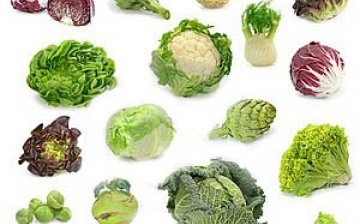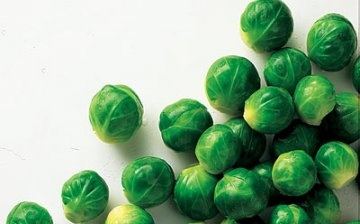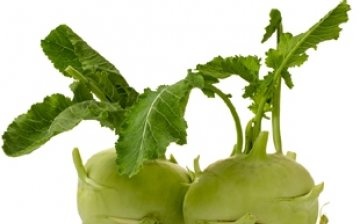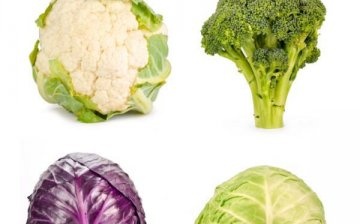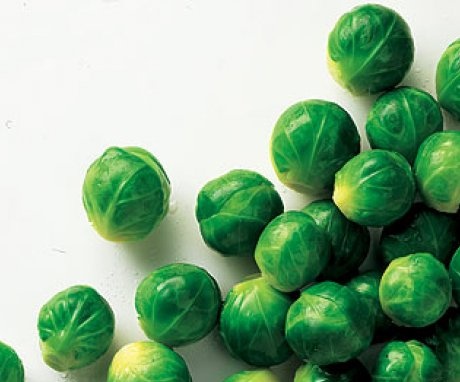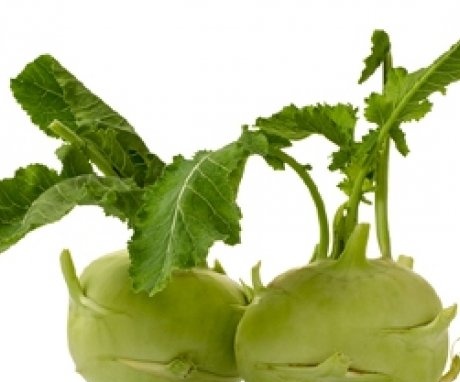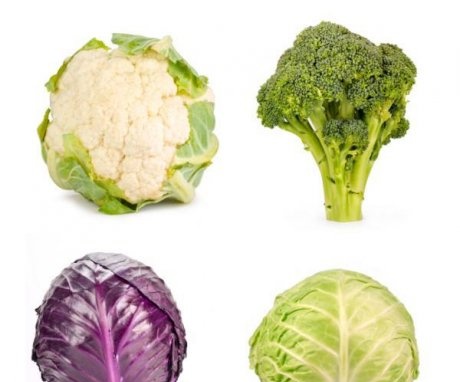Types of cabbage: photo and description
Cabbage is one of the most ancient cultures, the most useful for humans, belonging to the cruciferous family. The homeland of this plant is considered to be the countries of the Mediterranean and Ancient China. In Russia, the appearance of cabbage as a culture is attributed to the ninth century.
Content:
Cabbage is rich in fiber, glucose, protein, carotene, ascorbic acid and other beneficial compounds. It is advisable to use different types of cabbage more often in the diet, as this helps to improve the functioning of the gastrointestinal tract, enriches the body with useful substances, and helps to improve health and general condition. It is practically a herbal medicine in its purest form.
Varieties of cabbage
The types of cabbage, photos of which can be viewed in large numbers on the Internet, differ in appearance, but are similar in useful qualities, in ease of digestion, in the content of various vitamins, trace elements and other useful substances. Cabbage is perfectly stored all year round, therefore it is very popular.
Types of cabbage: photos and descriptions of the most common
There are many types of cabbage, but there are those that are the most common and used:
- White cabbage, the most popular cabbage in central Russia, has been considered a truly national product since ancient times, because everyone knows Russian cabbage soup! It is used in any form in many dishes and for the first and second, and as a side dish, also for pickling and pickling, and even as a dessert - pies with cabbage are very tasty. It contains vitamins C, group B and many others that are necessary for humans, many minerals (phosphorus, calcium, sulfur, potassium, etc.), trace elements (iron, zinc, magnesium and others). Cabbage juice is very effective for the treatment of peptic ulcer disease. For cooking, choose heavy heads of cabbage with tight-fitting leaves.
- Red cabbage, slightly harder than white cabbage, gives color, so it is not used in soups, it is mainly used in salads, for stewing and pickling. This cabbage has much more protein and vitamin C than white cabbage and it is better stored. It is also rich in various trace elements, minerals and vitamins that our human body needs.
- Cauliflower - very tender, used in soups and second courses, valuable for its dietary and taste qualities, rich in proteins and ascorbic acid, and many vitamins, minerals and trace elements.
- Broccoli has inflorescences of green color, externally and in taste similar to color. Low-calorie cabbage, perfect for any diet, has a spicy taste with piquancy, is used in cream soups and in main courses. Broccoli is extremely rich in beta-carotene, potassium, iron, fiber, calcium, folate, protein, phosphorus, antioxidants, and more.
- Brussels sprouts is a mini-green head of cabbage, suitable for soups, preservation, pickling, stewing and preparation of second courses. Brussels sprouts are a dietary product rich in various vitamins, trace elements and minerals that are useful and necessary for the body, for example, such as magnesium and phosphorus.
- Kohlrabi cabbage, for many it seems exotic, although this is a type of white cabbage. Use the thickened stem raw, baked, fried, stewed. It has been compared to a radish because of its appearance. Kohlrabi is used to make salads, soups, stuffed with vegetables, rice or meat, etc.Kohlrabi has a very rich mineral and vitamin composition; gastroenterologists and nutritionists recommend it. There is more vitamin C in this type of cabbage than in citrus fruits, you should not forget about this.
Growing cabbage
The advantages of the listed types of cabbage are that they are easy to grow in our conditions, in our gardens and orchards. But there are certain features of growing cabbage: it loves fertile soil, moisture and light.
Although cauliflower and broccoli are less picky about the soil, these species can be grown in sandy and clayey places. Cabbage is grown in one area for two or three years, then it is better to give the soil a rest for several years and sow with other crops, for example, potatoes, beets, cucumbers.
But often our cabbage crop can be spoiled by pests, such as aphids, caterpillars, slugs. Of course, you can use a variety of chemicals to combat them. They are widely available in stores. But whether this should be done is a big question. These poisons, respectively, fall on our table. You can go the other way. Use mixed plantings to attract insects. It is also good to water the cabbage with a solution of wood ash, and a decoction of onion husks is also quite effective. And remember that it will still not be possible to completely get rid of insects, but it is still in our power to minimize their harmful effect.



